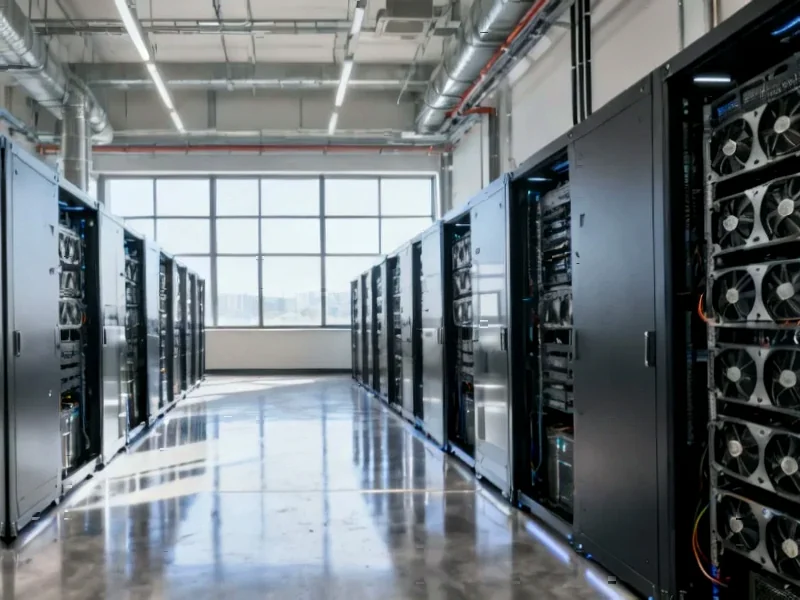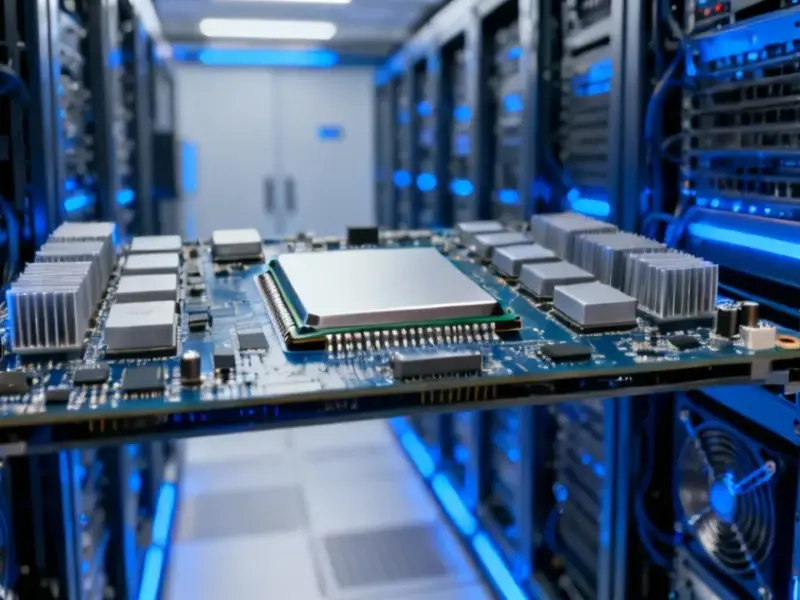According to PYMNTS.com, OpenAI has struck a $38 billion cloud computing agreement with Amazon Web Services that will provide access to hundreds of thousands of Nvidia GPUs and potential expansion to tens of millions of CPUs for scaling agentic workloads. The companies announced in a Monday press release that OpenAI will immediately begin using AWS compute, plans to deploy all capacity by the end of 2026, and can expand further in 2027 and beyond. This follows OpenAI’s August availability on Amazon Bedrock, which marked the first time its models became accessible outside Microsoft Azure, despite Microsoft holding a 27% stake worth approximately $135 billion in OpenAI’s public benefit corporation. OpenAI CEO Sam Altman emphasized that “scaling frontier AI requires massive, reliable compute,” while AWS CEO Matt Garman positioned AWS infrastructure as the “backbone for OpenAI’s AI ambitions.” This strategic diversification raises critical questions about the future of cloud AI partnerships.
The Multi-Cloud Calculus Behind OpenAI’s Move
OpenAI’s decision to embrace AWS while maintaining its substantial Microsoft Azure commitment represents a sophisticated hedging strategy in the high-stakes AI infrastructure race. By diversifying across multiple cloud providers, OpenAI gains crucial negotiating leverage, mitigates single-vendor dependency risks, and ensures competitive pricing for the enormous computational resources required for frontier AI development. The timing is particularly strategic given OpenAI’s recent restructuring into a public benefit corporation and Microsoft’s loss of first refusal rights on compute partnerships. This multi-cloud approach allows OpenAI to optimize for different workloads—potentially using Azure for existing model serving while leveraging AWS for experimental training runs or specialized hardware configurations. However, this diversification comes with significant technical complexity and potential partner relationship strains that could undermine the very reliability Altman cites as critical for frontier AI scaling.
The Hidden Costs of Cloud Sprawl
While the AWS partnership provides immediate access to massive GPU capacity, the technical reality of operating AI workloads across multiple cloud environments introduces substantial operational overhead. Data synchronization between Azure and AWS regions creates latency challenges for training distributed models, while maintaining consistent security postures and compliance frameworks across platforms requires dedicated engineering resources. The promise of “tens of millions of CPUs” sounds impressive, but efficiently orchestrating hybrid CPU-GPU workloads at this scale remains an unsolved engineering challenge even for cloud-native companies. Furthermore, AWS’s specific GPU architectures and networking configurations may require significant model optimization work that could slow development velocity. OpenAI’s engineering teams now face the complex task of building abstraction layers that can seamlessly operate across fundamentally different cloud infrastructures without compromising performance or reliability.
The Microsoft Partnership Under Microscope
The AWS deal fundamentally alters OpenAI’s relationship with Microsoft, its largest investor and longtime exclusive cloud partner. While Microsoft’s public statements have emphasized continued collaboration, the reality is that OpenAI is now actively building capacity with Microsoft’s primary cloud competitor. The $250 billion Azure purchase commitment mentioned in OpenAI’s restructuring announcement now appears more as a minimum guarantee rather than exclusive partnership. This creates potential conflicts in roadmap alignment, with Microsoft potentially prioritizing its own AI initiatives over OpenAI’s needs during capacity-constrained periods. The arrangement also complicates intellectual property considerations, as model training data and techniques now traverse multiple cloud environments with different security models and data governance frameworks. Microsoft’s substantial financial stake means they’ll be closely monitoring whether AWS gains competitive insights into OpenAI’s architecture that could benefit Amazon’s own AI ambitions.
Broader Industry Implications
This partnership signals a maturation of the AI infrastructure market, where even the most advanced AI companies recognize the strategic necessity of multi-cloud approaches. For other AI startups, it demonstrates that exclusive cloud partnerships may limit scaling options and negotiating power as companies grow. The deal also validates AWS’s position as a credible alternative to Azure for cutting-edge AI workloads, which could accelerate cloud competition and potentially drive down prices for all AI developers. However, it also raises questions about whether we’re entering an era where only the largest cloud providers can afford the capital expenditures required for frontier AI development, potentially consolidating power among existing hyperscalers. The AWS partnership announcement specifically highlights OpenAI’s popularity on Amazon Bedrock, suggesting that cloud providers see strategic value in hosting multiple AI model providers rather than maintaining exclusive arrangements.
Execution Challenges and Timeline Realities
The ambitious timeline—deploying all capacity by end of 2026—faces significant execution risks given current GPU supply constraints and the complexity of integrating at this scale. Nvidia’s latest generation processors remain in high demand across the industry, and AWS must balance OpenAI’s needs against those of other enterprise customers. The transition from initial access to full production deployment typically encounters unexpected integration challenges, particularly when dealing with the specialized networking requirements of distributed AI training. OpenAI’s engineering teams now face the parallel challenges of maintaining existing Azure operations while building and optimizing new AWS workflows—a resource-intensive endeavor that could distract from core AI research. The true test will come when OpenAI attempts to run its most demanding training jobs across both cloud environments simultaneously, a technical feat that no organization has successfully demonstrated at this scale.




